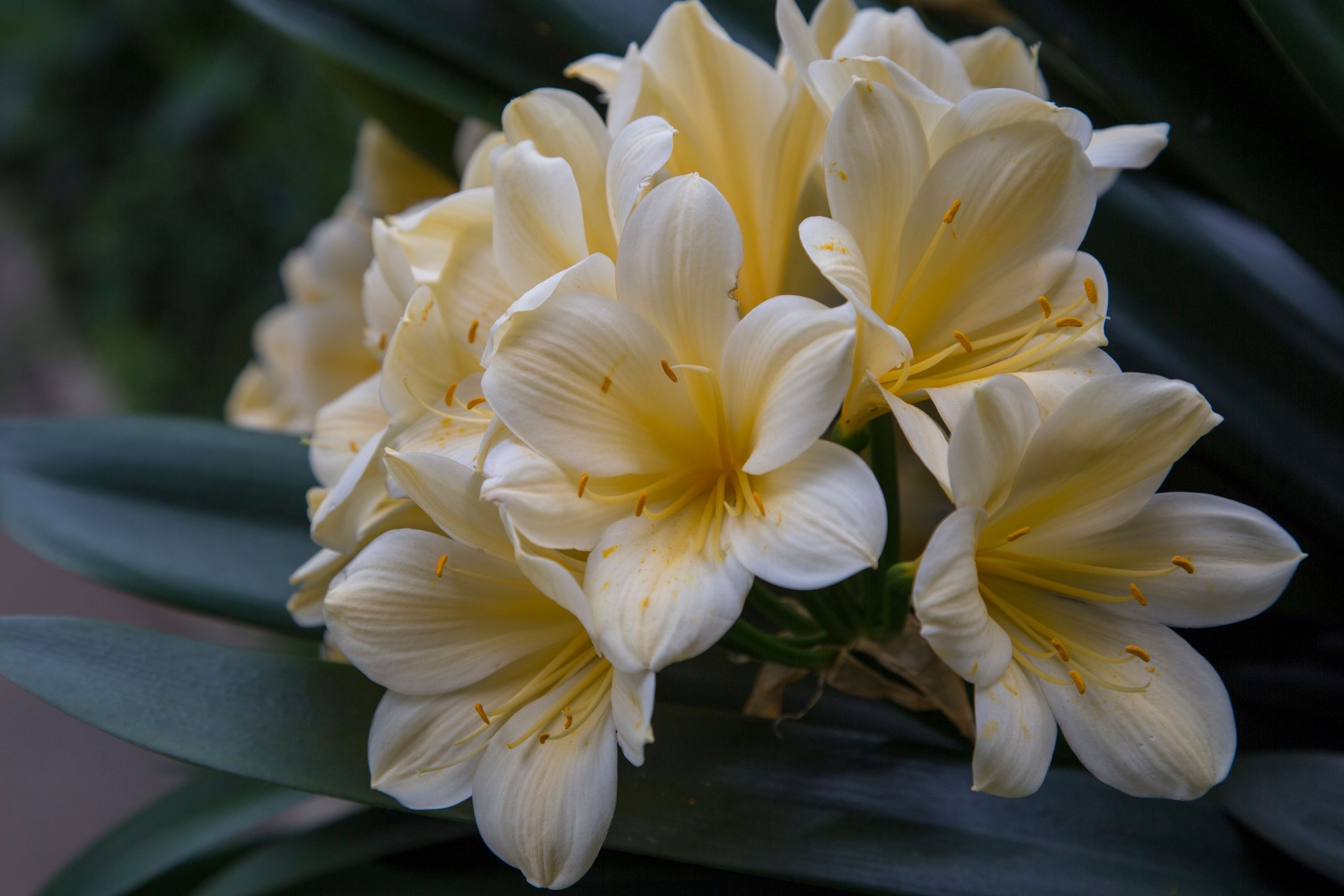Common freesia
(Freesia refracta)

Description
Freesia refracta is a species of flowering plant in the family Iridaceae. It is commonly known as the Cape freesia or Refracta freesia. It is native to South Africa and is widely cultivated as an ornamental plant due to its beautiful and fragrant flowers. In this article, we will take an in-depth look at Freesia refracta, its history, description, cultivation, propagation, and uses. History and Origin: Freesia refracta was first discovered by botanist Christian P. Ecklon and German botanist Carl Zeyher in 1830, during their expedition to South Africa. The plant was later named by Sir John Lindley, a British botanist, in honor of Friedrich Heinrich Theodor Freese, a German physician, and botanist. Freesia refracta is native to the Western Cape region of South Africa, where it grows in moist, well-drained soils in fynbos and renosterveld vegetation. Description: Freesia refracta is a bulbous perennial plant that grows up to 30 cm tall. It has narrow, strap-like leaves that are about 10-15 cm long and 1 cm wide. The leaves are dark green and form a basal rosette. The flowers of Freesia refracta are trumpet-shaped and appear in clusters at the top of a single stem. The flowers come in a range of colors, including white, pink, yellow, orange, red, and purple, and are often bi-colored or tri-colored. The flowers are very fragrant and have a sweet, floral scent. Cultivation: Freesia refracta is an easy-to-grow plant that thrives in full sun or partial shade. It prefers moist, well-drained soil that is rich in organic matter. It can be grown in containers or in the ground, and is often grown as an annual in cooler climates. Freesia refracta bulbs can be planted in the fall or spring, and will bloom in the late winter or early spring. They should be planted 5-10 cm deep and 5-10 cm apart, with the pointed end facing up. Freesia refracta plants should be watered regularly, especially during the growing season, and fertilized with a balanced fertilizer once a month. Propagation: Freesia refracta can be propagated by seed or by division. To propagate by seed, the seeds should be sown in the fall or early spring in well-drained soil. The seeds should be covered with a thin layer of soil and kept moist until they germinate. To propagate by division, the bulbs should be dug up after the foliage has died back and separated into individual bulbs. The bulbs can then be replanted in a new location. Uses: Freesia refracta is primarily grown as an ornamental plant due to its beautiful and fragrant flowers. The flowers are often used in floral arrangements and are popular for weddings and other special occasions. The essential oil extracted from the flowers is also used in perfumes and aromatherapy. In traditional medicine, Freesia refracta has been used to treat a range of ailments, including coughs, sore throats, and fever. Conclusion: Freesia refracta is a beautiful and fragrant plant that is easy to grow and care for. It is native to South Africa and is widely cultivated as an ornamental plant. Its trumpet-shaped flowers come in a range of colors and are very fragrant, making them popular for floral arrangements and perfumes. Freesia refracta is also used in traditional medicine to treat a range of ailments.
Taxonomic tree:







